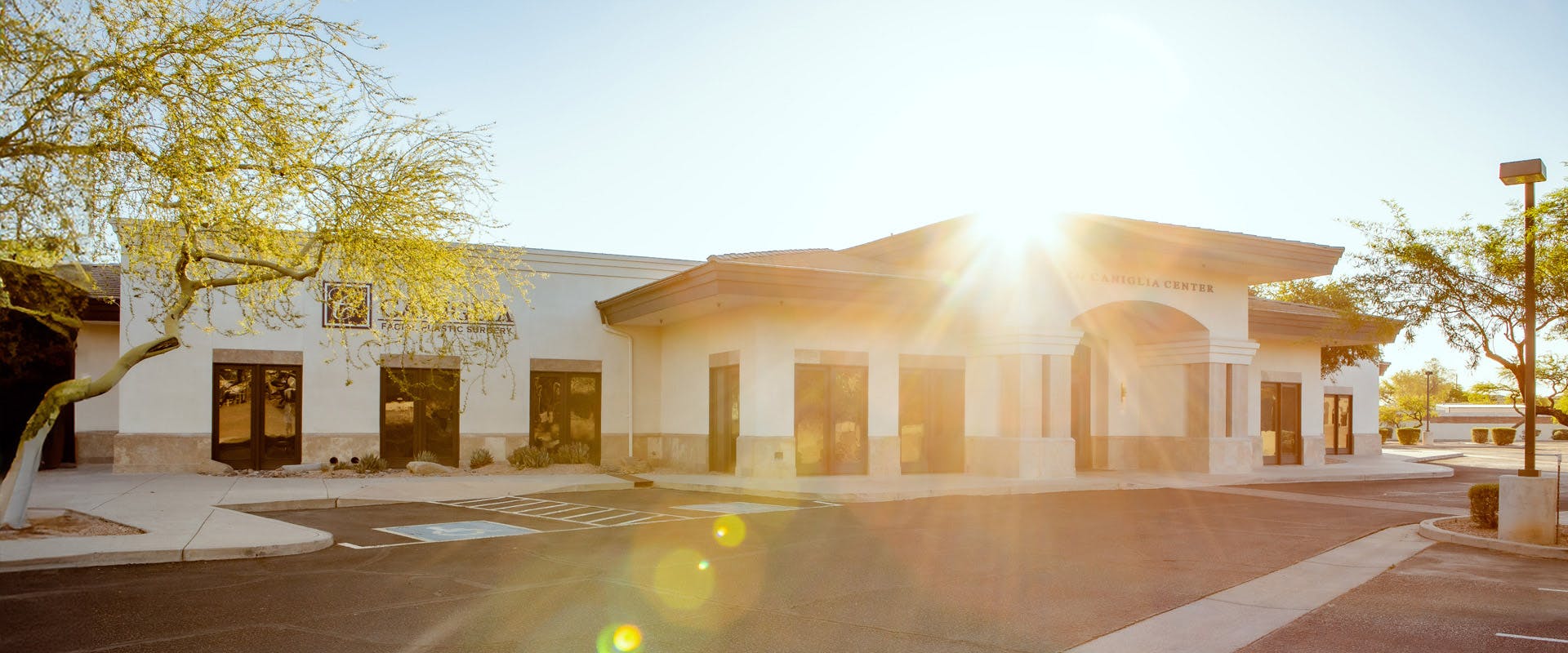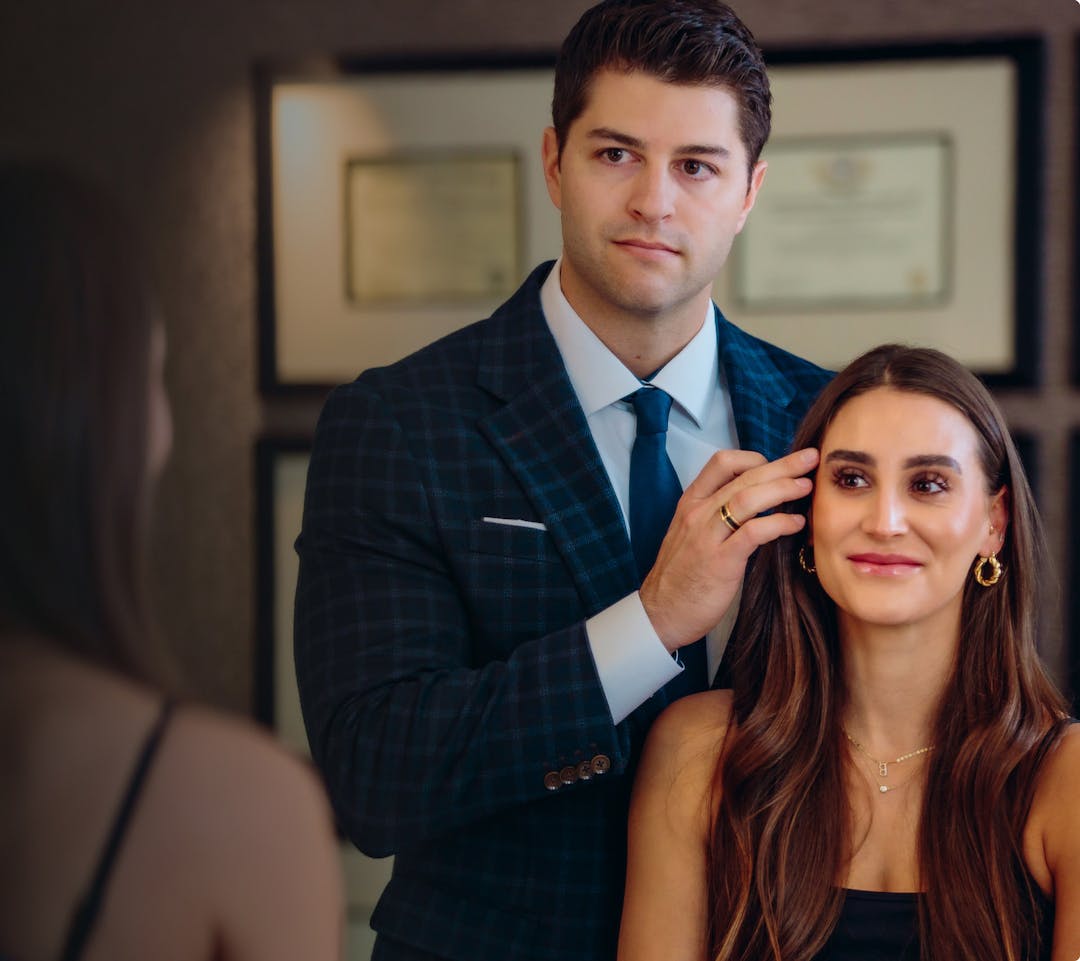17
Jul
Can You Have Septoplasty and Rhinoplasty at the Same Time?
Rhinoplasty is a popular cosmetic procedure that balances, refines, and reshapes the nose, addressing imperfections in the nasal tip, bridge, and nostrils. If a patient also suffers from functional concerns due to a deviated septum or inferior turbinate hypertrophy, rhinoplasty c...
View More17
Jul
Can rhinoplasty be an anti-aging procedure?
Many people believe that nose jobs are only for younger people. It's true that many people choose to have rhinoplasty (the medical term for a nose job) in their twenties or even their late teens, after the nose is done growing. If they’re not happy with the nose that ...
View More17
Jul
What causes the Tyndall effect, and how can you avoid it?
Although facial plastic surgery can achieve incredible results, we also have many effective nonsurgical options. One of the most popular options is injectable dermal fillers. These can be injected just under the skin or into the deeper tissues. They're versatile and can ad...
View More17
Jul
What is the recovery like after a deep plane facelift?
For people who are looking to reverse the signs of aging, a surgical facelift is the most powerful option. There's simply no better way to address issues like skin laxity, deep wrinkles, and grooves. A facelift is a highly customized procedure, with multiple different optio...
View More17
Jul
How does weight loss affect the face?
Carrying around a lot of extra weight can certainly have negative effects on your health, and losing some of that weight has significant health benefits. People may achieve massive weight loss in various ways, including bariatric surgery, the use of weight loss medications (GLP...
View More17
Jul
What can you do about a weak chin?
To have a pleasing overall facial appearance, it's important that the facial features are in balance. When the chin is too small or doesn’t stand out enough, it affects the entire facial appearance. Even though other parts of your face may be very attractive, a weak ...
View More17
Jul
Neck liposuction vs neck lift: which one is right for you?
The neck is a common area of concern for many people. Some people find themselves with excess deposits of fat tissue - a “double chin. ” Others have sagging tissues in this area, such as a “turkey wattle. ” These issues can have a significant impact o...
View More17
Jul
How young is too young for rhinoplasty?
The nose is the center of the face and has a huge impact on the overall facial appearance. For people who are dissatisfied with how their nose looks, a surgical rhinoplasty, also known as a nose job, offers a way to address these concerns and achieve a well-proportioned and attra...
View More17
Jul
How much fat will survive after facial fat transfer?
Facial fat transfer has gotten a lot of press recently. Many people find this to be an intriguing alternative to other types of fillers because it uses your own fat tissue. Fat transfer can be useful in some patients, but it's very important for patients to understand the l...
View More17
Jul
Returning to exercise after facial plastic surgery
When you're having facial plastic surgery, it’s important to have a plan for your recovery period. Your results will ultimately depend on what you do during this time, so it’s crucial that you know what to expect and plan for the necessary downtime for healing...
View More17
Jul
Can you address aging of the hands?
Many people are aware of the need to take great care of their faces. They may use sunscreen and have a solid skin care routine. Some people also choose to take advantage of what cosmetic medicine has to offer for facial rejuvenation, such as dermal fillers and Botox. It's v...
View More17
Jul
Can you have a nonsurgical rhinoplasty?
The nose is the center of the face. If it is disproportionate or misshapen, then the overall appearance of the face will be significantly affected. It's generally not possible to change the appearance of the nose very much using makeup. This is why rhinoplasty, or no...
View More



